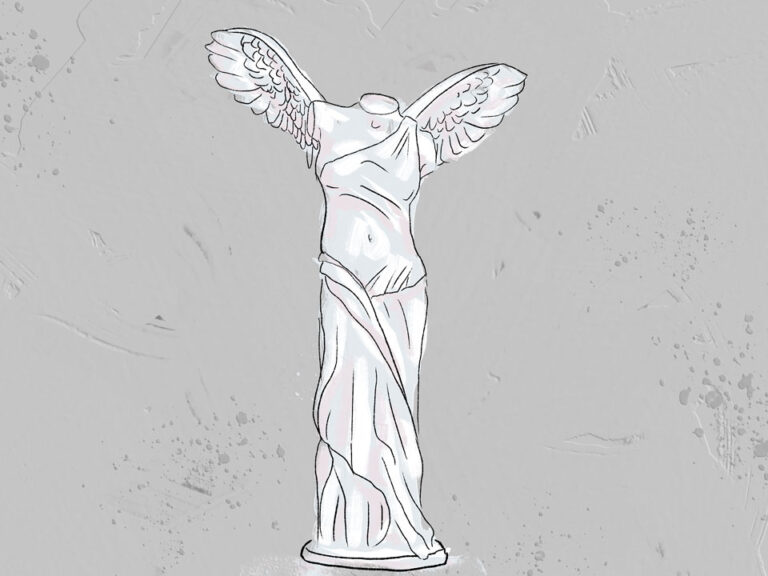Spotlight article
Rauscher “Identifies” Four More Comprehensive Centers
TCL Archives | June 21, 1974
[NCI director Frank] Rauscher still has authority to “identify” (the term NCI prefers over “recognize” or “designate”) two more comprehensive centers under the terms of the National Cancer Act of 1971, which would bring the number so identified to 18. When the extension of the act becomes law, the limit of 18 will be removed, and Rauscher expects to eventually name as many as 30.
Best guess for the next two centers would be San Francisco, if organizational problems there can be overcome, plus either Ohio State, the budding consortium in Philadelphia, or one of four programs in Oklahoma, Kansas and Missouri. UCLA is a long-shot possibility.
The distribution of comprehensive centers by location now is:
- Northeast (4) – Boston Children’s, Yale (New Haven), Sloan-Kettering (New York), Roswell Park (Buffalo).
- Mideast (2) – Hopkins-Maryland, Georgetown-Howard.
- South (3) – Duke (Durham), Univ. of Miami, Univ. of Alabama (Birmingham).
- Southwest (1) – M. D. Anderson (Houston).
- Midwest (3) – Illinois (Chicago), Univ. of Wisconsin (Madison), Mayo (Rochester, Minn.).
- Mountain States ( 1) – Colorado (Denver).
- Pacific Coast (2) – Univ. of Southern California(Los Angeles), Hutchinson-Univ. of Washington (Seattle).
The Cancer Letter’s founding editor Jerry Boyd’s predictions were mostly right. The next two centers to receive Comprehensive designation were:
- #17, Fox Chase, aka “the budding consortium in Philadelphia” (The Cancer Letter, Oct. 11, 1974)
- #18, Ohio State (The Cancer Letter, April 16, 1976).
UCLA followed in 1977 (The Cancer Letter, Jan. 7, 1977).
Today, there are 51 NCI-designated Comprehensive Cancer Centers.
Recent contributions
Aiming at cancer, we hit bonus targets
By Roswell Park Comprehensive Cancer Center | July 29, 2021
Subha Barry: A Strength to Pay Forward
By Rutgers Cancer Institute of New Jersey | July 29, 2021
Prateek Sharma: Understanding Barrett’s esophagus, a global influencer
By The University of Kansas Cancer Center | July 29, 2021
Seattle Cancer Care Alliance celebrates 20 years of innovation in cancer treatment and care
By Seattle Cancer Care Alliance | July 28, 2021
This column features the latest posts to the Cancer History Project by our growing list of contributors.
The Cancer History Project is a free, web-based, collaborative resource intended to mark the 50th anniversary of the National Cancer Act and designed to continue in perpetuity. The objective is to assemble a robust collection of historical documents and make them freely available.
Access to the Cancer History Project is open to the public at CancerHistoryProject.com. You can also follow us on Twitter at @CancerHistProj.
Is your institution a contributor to the Cancer History Project? Eligible institutions include cancer centers, advocacy groups, professional societies, pharmaceutical companies, and key organizations in oncology.
To apply to become a contributor, please contact admin@cancerhistoryproject.com.








